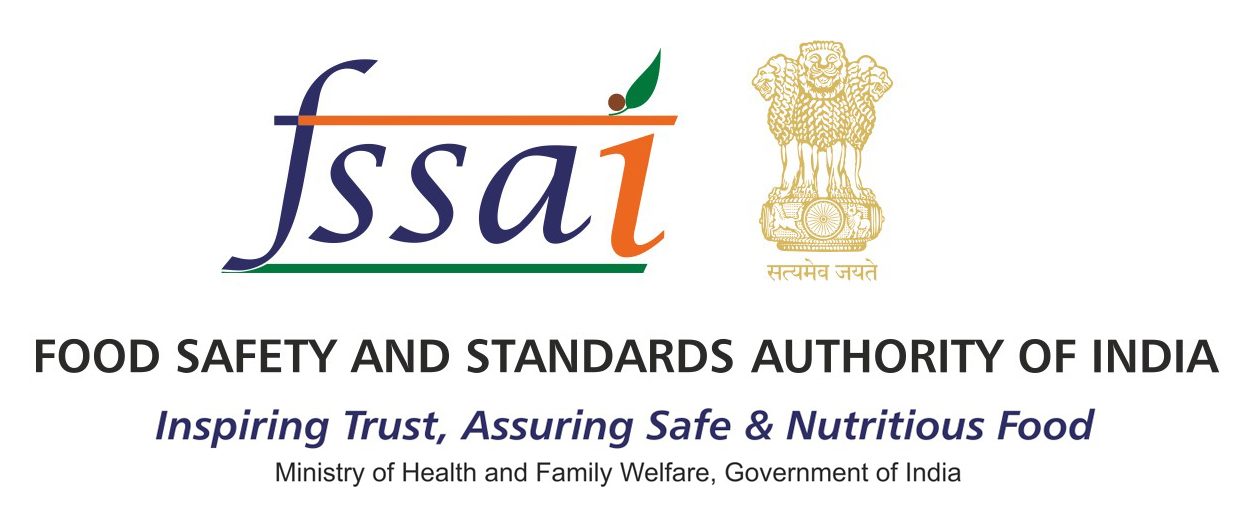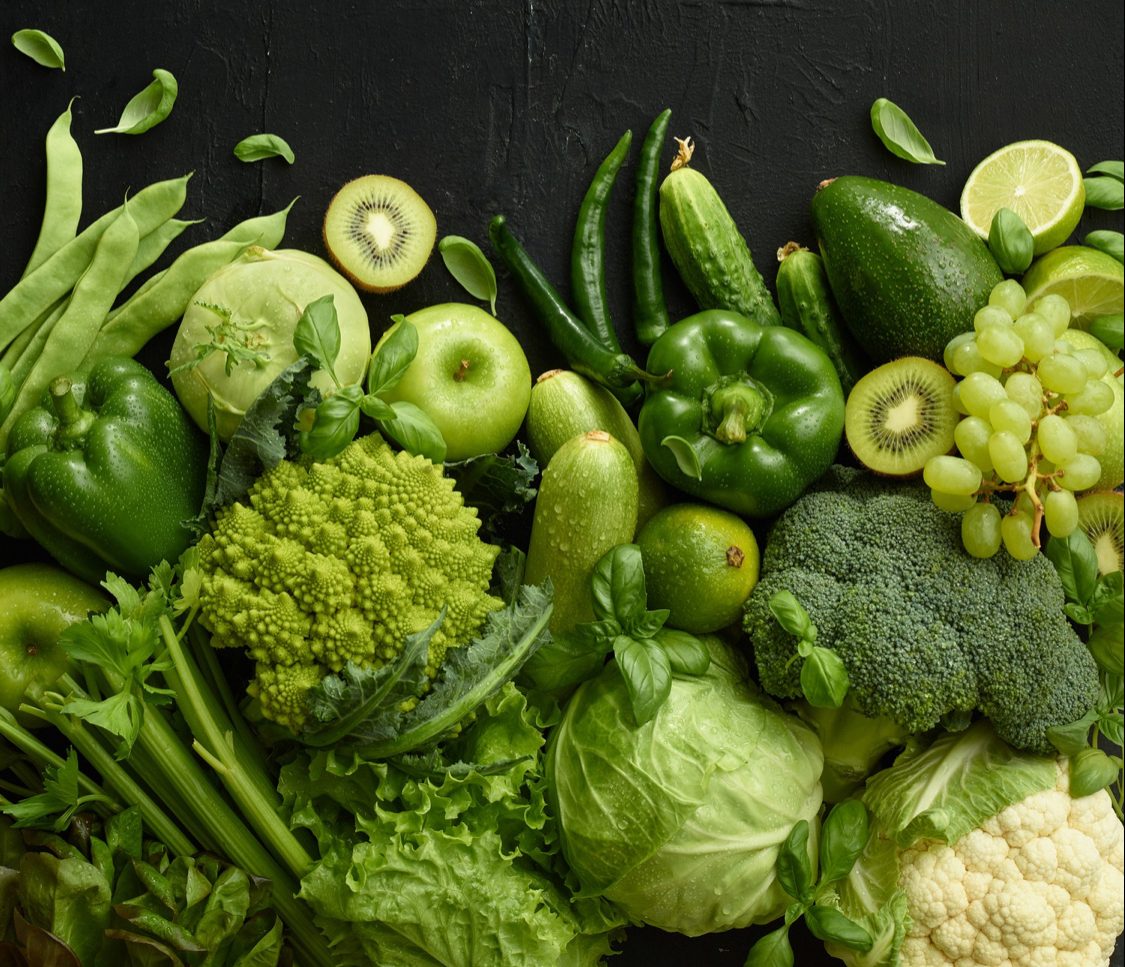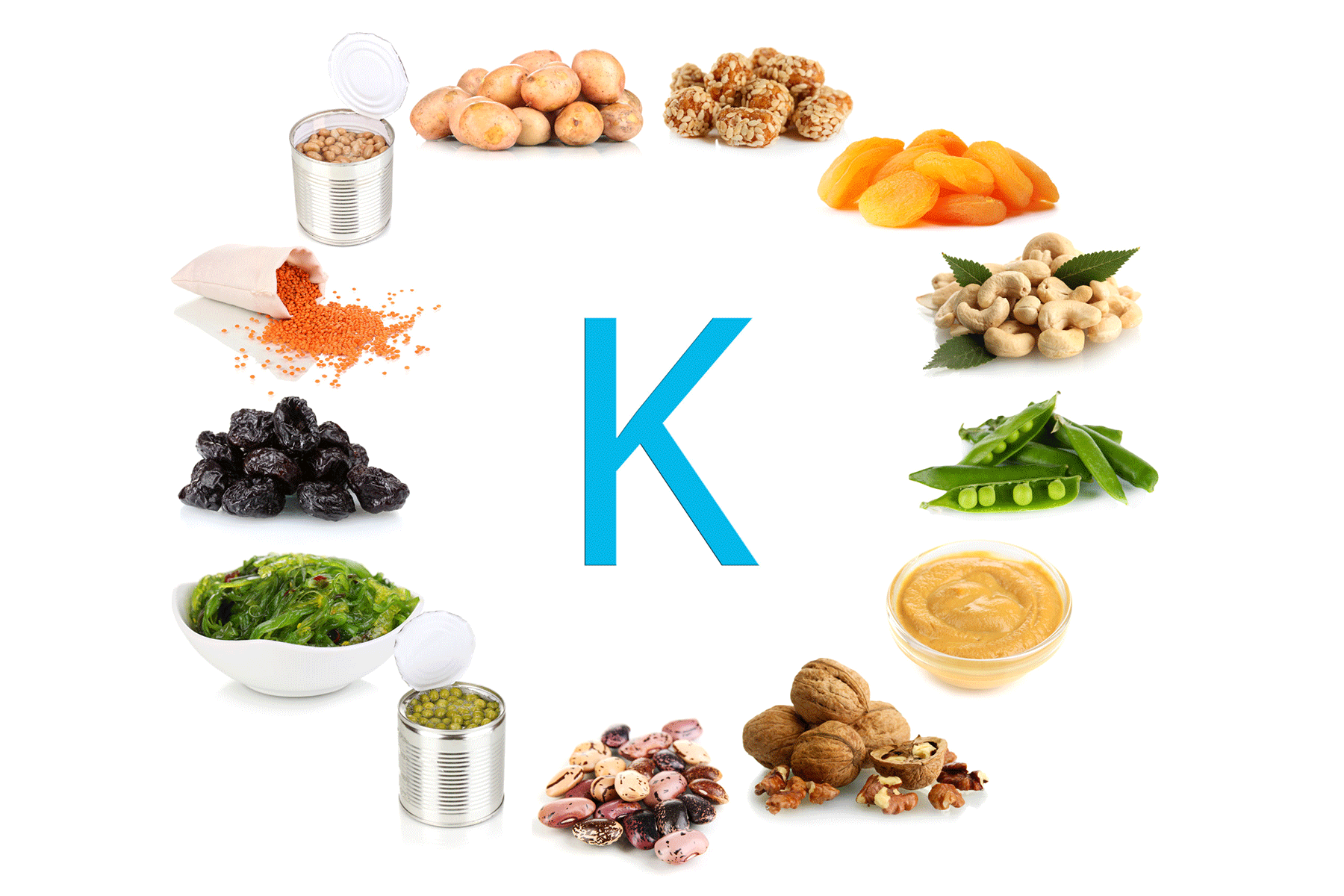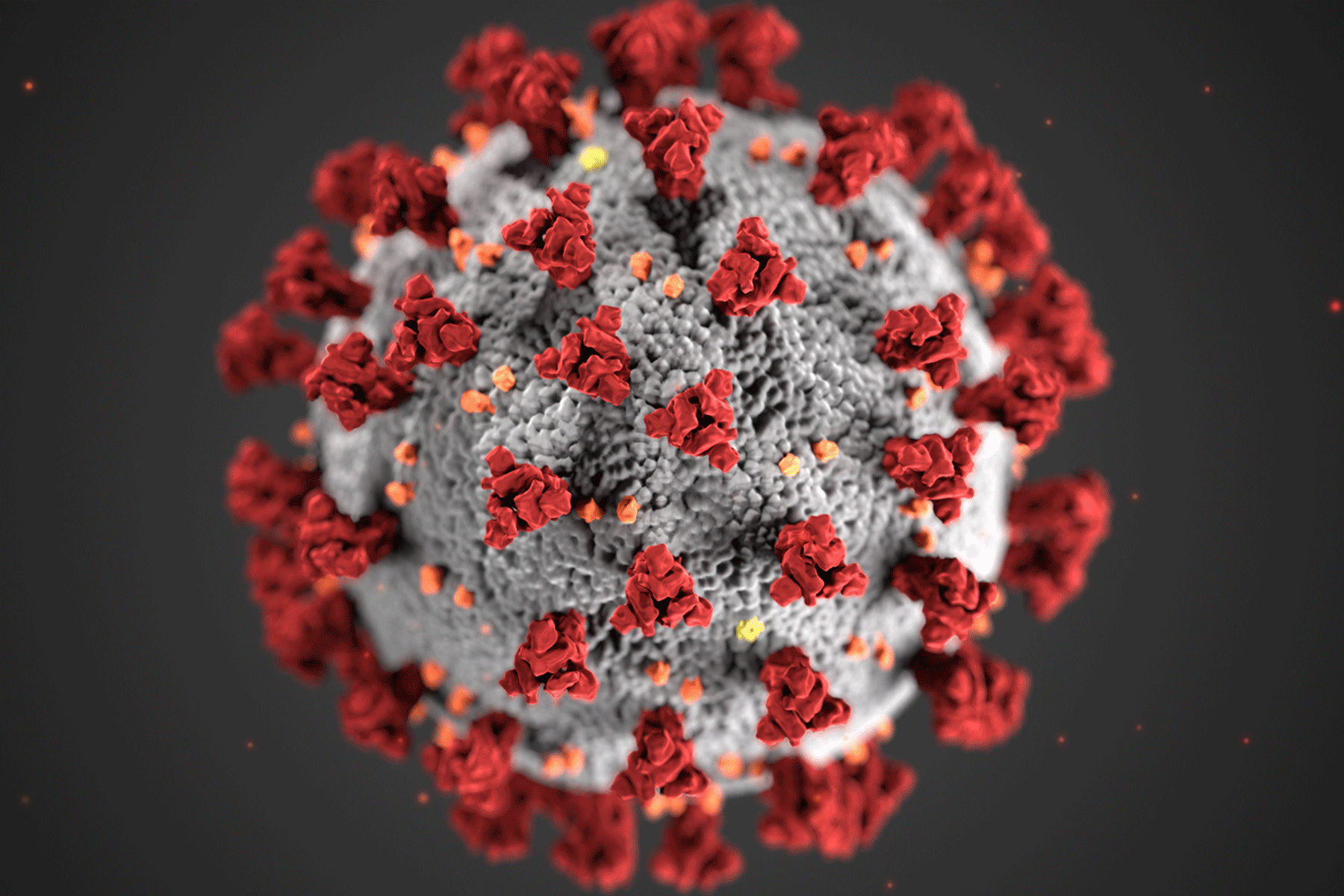Food poisoning is a serious health issue around the world, and one sneaky culprit behind it is Staphylococcus aureus—or staph, for short. This common bacteria can leave behind harmful toxins in food, and it’s these invisible poisons—not the bacteria itself—that make people sick. What makes staph toxins extra tricky is that they can survive normal cooking heat, so even hot food can be dangerous if it was handled poorly. Dirty hands, unclean surfaces, or leaving food out too long can lead to contamination. That’s why learning about where staph toxins come from and how to prevent them is key for everyone—from home cooks to restaurant chefs.
What Are Staph Toxins?
Staphylococcus aureus is a type of bacteria frequently found on human skin, in the nasal passages, and on other parts of the body. While generally harmless when present on the skin, these bacteria can produce powerful toxins called staphylococcal enterotoxins when they contaminate food and multiply.
Unlike many bacteria that cause illness by growing inside the body, staph toxins cause food poisoning through ingestion of the toxins already produced in contaminated food. These toxins are heat-stable, which means they can survive normal cooking temperatures. As a result, even if cooking kills the bacteria, the toxins may remain active and cause illness.
How Do Staph Toxins Contaminate Food?
Staph toxin contamination typically occurs when S. aureus bacteria are introduced into food through poor hygiene or improper handling. Since humans naturally carry these bacteria, contamination often happens when food handlers:
- Do not wash their hands properly before preparing food,
- Handle food with open wounds or skin infections,
- Use contaminated utensils or surfaces,
- Leave prepared food at unsafe temperatures for extended periods.
Foods that are rich in protein and kept at room temperature are especially vulnerable to staph toxin contamination. Common examples include meat products, dairy items, salads, cream-filled pastries, and sandwiches.
Symptoms of Staph Food Poisoning
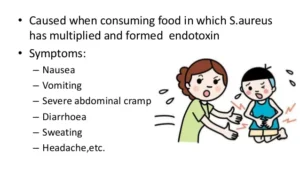
One hallmark of staph food poisoning is its rapid onset. Symptoms usually appear within 1 to 6 hours after consuming contaminated food, making it one of the fastest-acting foodborne illnesses. Typical symptoms include:
- Sudden nausea and vomiting,
- Stomach cramps and abdominal pain,
- Diarrhea,
- Sometimes mild fever and weakness.
Although the symptoms are unpleasant, they generally last for only about 24 hours and resolve without long-term complications in healthy individuals. However, young children, the elderly, pregnant women, and immunocompromised persons are more vulnerable to severe illness and complications.
Why Are Staph Toxins Dangerous?
Staph toxins pose a unique threat because:
- The bacteria themselves may be killed by cooking, but the toxins remain active,
- Toxins cannot be detected by taste, smell, or appearance,
- The toxins cause symptoms rapidly, often before people realize their food was unsafe,
- The toxins are resistant to heat and some preservation methods.
This means that contaminated food can look and smell normal, misleading consumers and food handlers into thinking it is safe.
Prevention: How to Avoid Staph Toxin Contamination
Preventing staph toxin contamination requires strict hygiene and safe food handling practices. Here are key preventive measures:
1. Maintain Good Personal Hygiene
- Wash hands thoroughly with soap and water before handling food, after using the restroom, or touching the face or wounds.
- Cover any cuts or sores with waterproof bandages and wear gloves during food preparation.
2. Clean and Sanitize Surfaces
- Regularly clean kitchen utensils, cutting boards, and countertops.
- Avoid cross-contamination by using separate equipment for raw and cooked foods.
3. Cook Food Properly
- Cook food to the recommended internal temperatures to kill bacteria.
- Remember that while cooking kills bacteria, it does not destroy toxins once formed.
4. Store Food Safely
- Refrigerate perishable foods promptly at temperatures below 4°C (40°F).
- Do not leave cooked or prepared food at room temperature for more than two hours.
- Use insulated containers to keep hot foods hot (above 60°C or 140°F) and cold foods cold.
5. Be Cautious With Ready-to-Eat Foods
- Foods like salads, deli meats, and cream pastries should be prepared hygienically and consumed quickly.
- Avoid consuming foods that have been left out for extended periods.
What to Do if You Suspect Staph Food Poisoning?
If you experience rapid onset vomiting, diarrhea, or stomach cramps after eating, suspect staph food poisoning. Most cases resolve on their own within 24 hours. To manage symptoms:
- Stay hydrated by drinking plenty of fluids to prevent dehydration.
- Avoid anti-diarrheal medications unless advised by a healthcare provider.
- Seek medical attention if symptoms are severe, persistent, or affect vulnerable individuals.
Conclusion
Staph toxins represent a hidden but significant risk in food safety, due to their rapid action and resistance to heat. Preventing contamination requires vigilant hygiene practices, proper cooking, and safe storage. Consumers, food handlers, and businesses must work together to ensure food safety and prevent staph toxin-related illnesses. Awareness and education remain key to safeguarding public health against this common but preventable form of food poisoning.
 Food Manifest
Food Manifest 





